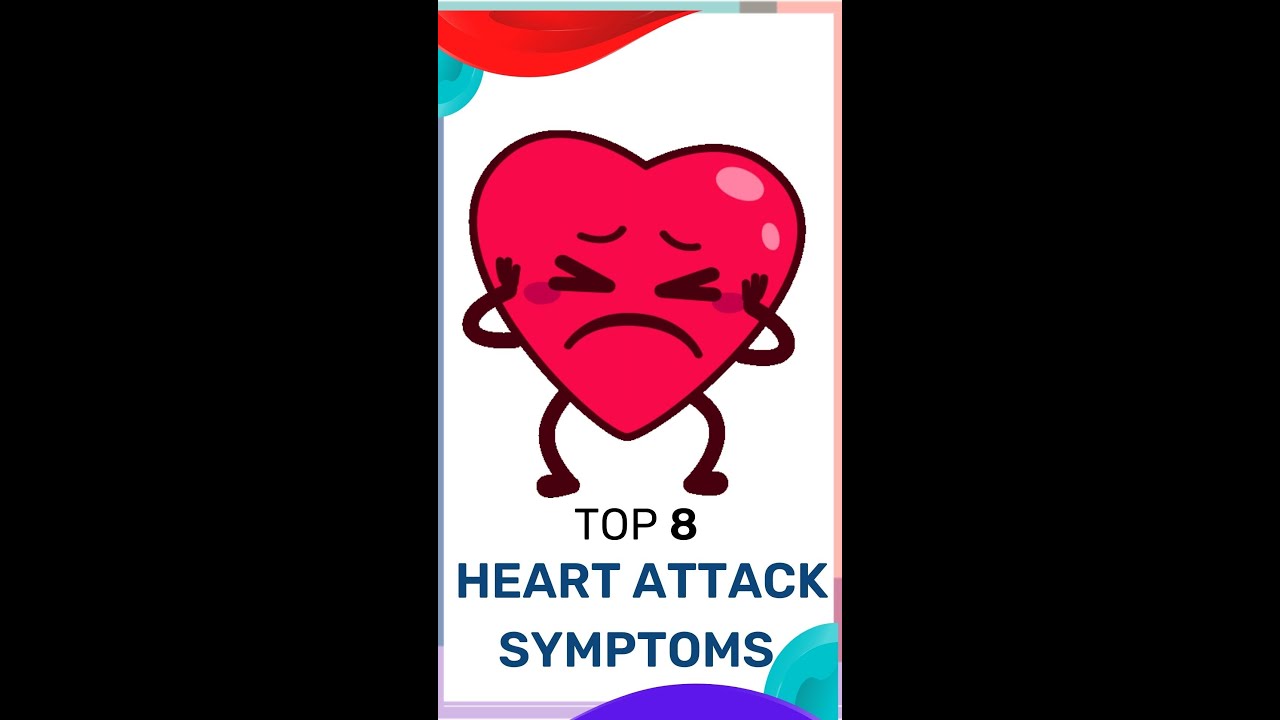Anavara is a medical wellness & health facilitator. We provide medical tourism across the globe providing you with a list of hospitals & experienced doctors also keeping in your budget.
#symptomsofheartattack #heartpainsymptoms#heartattacksymptoms #heartattacksymptomsinmen#heartattacksymptomsinwomen
#heartattacksymptomsintamil#heartattacksymptomsandprecautions
Chest pain is pain or discomfort in the chest, typically the front of the chest. It may be described as sharp, dull, pressure, heaviness or squeezing. Associated symptoms may include pain in the shoulder, arm, upper abdomen, or jaw, along with nausea, sweating, or shortness of breath It can be divided into heart-related and non-heart-related pain. Pain due to insufficient blood flow to the heart is also called angina pectoris. Those with diabetes or the elderly may have less clear symptoms.
Serious and relatively common causes include acute coronary syndrome such as a heart attack (31%), pulmonary embolism (2%), pneumothorax, pericarditis (4%), aortic dissection (1%) and esophageal rupture. Other common causes include gastroesophageal reflux disease (30%), muscle or skeletal pain (28%), pneumonia (2%), shingles (0.5%), pleuritis, traumatic and anxiety disorders. Determining the cause of chest pain is based on a person’s medical history, a physical exam and other medical tests. About 3% of heart attacks, however, are initially missed.
Management of chest pain is based on the underlying cause. Initial treatment often includes the medications aspirin and nitroglycerin. The response to treatment does not usually indicate whether the pain is heart-related. When the cause is unclear, the person may be referred for further evaluation.
Chest pain represents about 5% of presenting problems to the emergency room. In the United States, about 8 million people go to the emergency department with chest pain a year. Of these, about 60% are admitted to either the hospital or an observation unit. The cost of emergency visits for chest pain in the United States is more than US$8 billion per year. Chest pain account for about 0.5% of visits by children to the emergency department.
Signs and symptoms:
Chest pain may present in different ways depending upon the underlying diagnosis. Chest pain may also vary from person to person based upon age, weight, and other differences. Chest pain may present as a stabbing, burning, aching, sharp, or pressure-like sensation in the chest. Chest pain may also radiate, or move, to several other areas of the body. This may include the neck, left or right arms, cervical spine, back, and upper abdomen. Other associated symptoms with chest pain can include nausea, vomiting, dizziness, shortness of breath, anxiety, and sweating. The type, severity, duration, and associated symptoms of chest pain can help guide diagnosis and further treatment.
❗DISCLAIMER: THIS SITE DOES NOT PROVIDE MEDICAL ADVICE OR OPINION:
The information provided in this article or website by way of text, illustration, graphics, Images or any other form in this article or website is provided for informational purposes only. No information or material provided on this site is meant to be a substitute for a professional medical advice. Please refer to your family doctor or specialist in that field for any medical condition, diagnosis and treatment. Do not delay in contacting a professional on account of something you have read in this article or on this website. ” ❗DISCLAIMER: THIS SITE DOES NOT PROVIDE MEDICAL ADVICE OR OPINION:
The information provided in this article or website by way of text, illustration, graphics, Images or any other form in this article or website is provided for informational purposes only. No information or material provided on this site is meant to be a substitute for a professional medical advice. Please refer to your family doctor or specialist in that field for any medical condition, diagnosis and treatment. Do not delay in contacting a professional on account of something you have read in this article or on this website. ”
source



